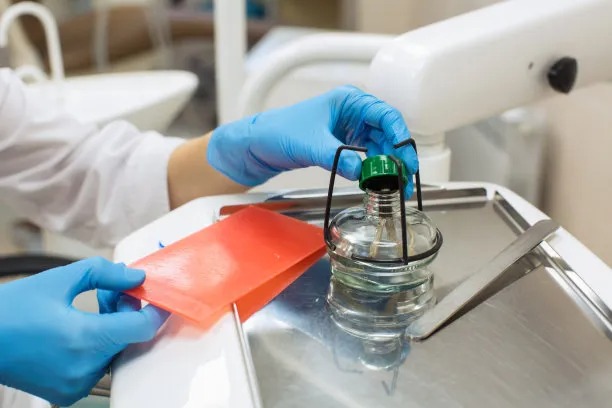Essential Guidelines and Precautions to Ensure Safe and Effective Root Canal Treatment for Dental Health Patients
Summary: Root canal treatment is a common and effective dental procedure aimed at relieving pain and saving infected teeth. This article centers on essential guidelines and precautions that both dental professionals and patients should consider for safe and effective root canal therapy. We will discuss the importance of patient evaluation, sterilization protocols, proper procedural techniques, and post-treatment care. Understanding and implementing these guidelines will significantly enhance treatment outcomes and patient satisfaction, allowing individuals to maintain their dental health effectively.
1. Importance of Patient Evaluation Prior to Treatment

Before undergoing a root canal treatment, thorough evaluation of the patient is essential. This includes reviewing the patients medical history and any medications they may be taking. Particular attention should be paid to conditions that may complicate the procedure, such as bleeding disorders or infections. A comprehensive understanding of the patients health can help in tailoring the treatment plan accordingly.
Additionally, diagnostic imaging plays a crucial role in evaluating the extent of dental disease. Radiographs, or X-rays, help the dentist visualize the internal structure of the teeth and surrounding bone. It allows the identification of the infections location and the necessity of the root canal procedure, ensuring that the dentist gains a complete understanding of the patient’s dental condition.
Consultation with the patient about their symptoms is vital. Discussing pain levels and the duration of discomfort can guide the dentist in making informed choices regarding treatment strategies. By addressing patient concerns and fears, dental professionals can foster a comforting environment, which contributes to a successful outcome.
2. Sterilization Protocols for Safe Treatment
The safety of any dental procedure, including root canal treatment, hinges on rigorous sterilization protocols. All instruments used in the procedure must be sterilized thoroughly to prevent the risk of infection. This includes the use of autoclaves for heat-sensitive instruments and effective cleaning methods for handpieces and tools.
In addition to sterilizing instruments, it is equally important for the dental team to follow strict hygiene practices. This includes wearing disposable gloves, masks, and protective eyewear. By maintaining high standards of cleanliness, dental professionals can significantly reduce the risk of cross-contamination during the treatment.
Using appropriate barriers, such as rubber dams, is another precaution that can enhance safety. A rubber dam isolates the tooth being treated, minimizing exposure to saliva and preventing infection spread. Overall, adherence to sterilization protocols not only protects the dental team but equally safeguards the patients health.
3. Techniques for Proper Root Canal Procedure
Proper procedural techniques are paramount in root canal treatment. The first step involves the careful removal of the infected pulp from the tooth. Dentists must employ precise instruments to access the root canals while ensuring minimal trauma to the surrounding tissue.
Once the pulp is removed, the root canals must be cleaned and shaped appropriately. Irrigation solutions are often used during this phase to sterilize the canals and eliminate debris. The technique used during cleaning is critical, as any remaining bacteria could lead to treatment failure.
Finally, after shaping, the canals must be filled with a biocompatible material to prevent re-infection. This process requires skill and precision, as the material must be adapted correctly to seal the space. Utilizing effective sealing techniques is essential for long-term success and safeguarding the treated tooth.
4. Essential Post-Treatment Care Guidelines
Post-treatment care is crucial for the recovery process after root canal treatment. Patients should be informed about the expected symptoms and post-operative care instructions, including the use of pain medications and oral hygiene practices. A follow-up appointment may be necessary to monitor the healing process and address any concerns.
Patients should also be advised to avoid chewing on the treated side of the mouth until the dentist confirms it is safe to do so. This minimizes discomfort and ensures the continued integrity of the filling material used during the procedure.
Furthermore, maintaining regular dental check-ups post-treatment is vital to monitor long-term results and detect potential issues early. Being proactive in follow-up care helps in maximizing the longevity of the treated tooth and maintaining overall oral health.
Summary:
In summary, ensuring safe and effective root canal treatment involves multiple dimensions, from patient evaluation to strict adherence to sterilization protocols and proper procedural techniques. Moreover, post-treatment care significantly influences recovery and long-term success. By considering these essential guidelines and precautions, both dental practitioners and patients can work hand in hand for optimal dental health.
This article is compiled by Vickong Dental and the content is for reference only.


